There are a lot of EVs in the market these days, and more are on the way. From trucks and SUVs to sedans and even exotic sports cars, there are plenty to choose from. But one factor that sets some EVs apart is charging speed. It dictates how long you'll be stationary on longer road trips — and it can curb or exacerbate range anxiety too.
If you want to get right straight to the list of today's fastest-charging cars, click on the chapter links below. We've divided the list based on the category of charging speed. But there are a few things you might want to know about fast charging first.
Jump to:
- How fast charging works
- What are the quickest chargers?
- How do we define charging speed?
- Fastest-charging EVs at 500 kW
- Fastest-charging EVs at 350 kW
- Fastest-charging EVs at 300 kW
- Fastest-charging EVs at 270 kW
- Fastest-charging EVs at 250 kW
- Fastest-charging EVs at 235-240 kW
- Fastest-charging EVs at 220 kW
- Fastest-charging EVs at 200 kW
- Fastest-charging EVs under 200 kW
- VIDEO: Fastest & Slowest Charging Electric Cars
How fast charging works
As with all things EV, it starts with the battery. Lithium-ion batteries store electricity in what's known as direct current (DC). But like most things on a modern energy grid, Level 1 and Level 2 chargers put out alternating current (AC). That's why every EV has a small onboard inverter that converts AC to DC; however, these "onboard chargers" limit how fast an EV can charge at Level 1 and Level 2 stations. A DC fast charger, on the other hand, bypasses the onboard charger and enables the EV to top up its battery without having to convert energy. This setup results in much shorter charging times, hence the moniker "DC fast charger."
One other thing to be aware of is that EV charging, fast or otherwise, isn't a linear process. Charging speed usually starts fast and slows as the battery fills. That's because the charging process creates heat, and the faster the electrons flow into the battery, the hotter things get. Charging slows down as the battery gets full to reduce heat buildup, which is good for battery longevity.
Every EV also has its own charging characteristics. Some start fast but finish slowly. Others are more linear, maintaining a level and usually moderate pace before slowing to a crawl as the battery gets close to full. For DC fast charging, that slowdown usually happens at around 80% of capacity. Ending a session there saves time and helps preserve the battery, as heat builds up and charging speed slows way down after the 80% mark. For more on fast charging and other technical subjects, see our comprehensive article on how electric cars work.
What are the quickest chargers?
It wasn't all that long ago that a 150-kW DC charger was considered top-of-the-line for speed. Now, however, 350-kW chargers are the quickest that are widely available and will satisfy the demands of almost every EV on the market today. Older DC fast chargers can be rated for maximum output as low as 50 kW, and many others are capped at 150 kW — the power rating is usually shown on the face of the charging station. There are faster chargers, but they are still rare.
The Gravity Charging Center in downtown Manhattan features two dozen 500-kW DC fast chargers. Gravity Technologies, a Google-backed independent charger developer and network operator, also has just announced plans for a network of eight 500-kW stations, each with a dozen chargers, in the Los Angeles area. Tesla is beginning to roll out its V4 Superchargers, which can deliver 500 kW, and ChargePoint and General Motors have announced a 500 kW fast-charger program.
The Tesla Cybertruck is the only EV in the U.S. market today that's capable of taking full advantage of a 500-kW charger, although Lucid's new Gravity SUV (no relation to Gravity chargers) is capable of max charging at 400 kW. And any EV can charge at stations with higher maximum output than the EV is rated for. That's because an EV's onboard power management computer limits its maximum charging speed to what the vehicle is designed to draw.
How do we define charging speed?
Many variables affect how quickly an EV charges, and there are seemingly endless ways that manufacturers represent those charging speeds. At Edmunds, we're on a mission to provide a real-world yardstick for fast charging by testing every EV's charging performance independently. But while we work on bringing that data to you, we're ranking the vehicles on this list based on their manufacturer-claimed peak charging power (also known as maximum charging power). Measured in kilowatts (kW), peak charging power determines the highest speed at which the vehicle can accept electricity while charging. Just bear in mind that these values assume optimal conditions and don't account for the inevitable variability in charging power during a full charging session.
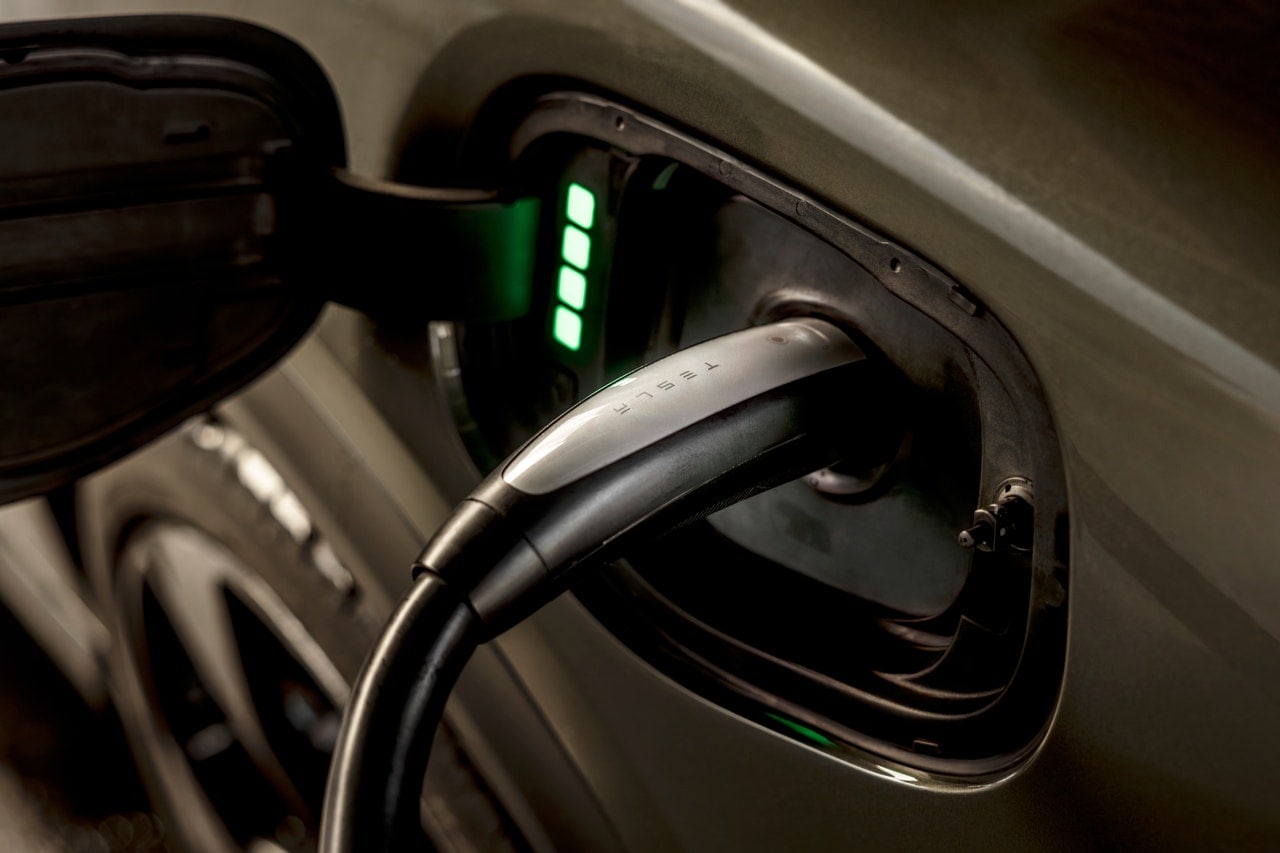
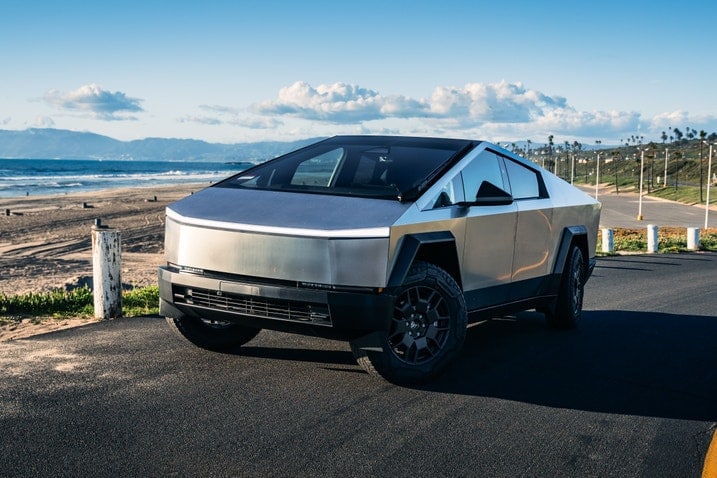
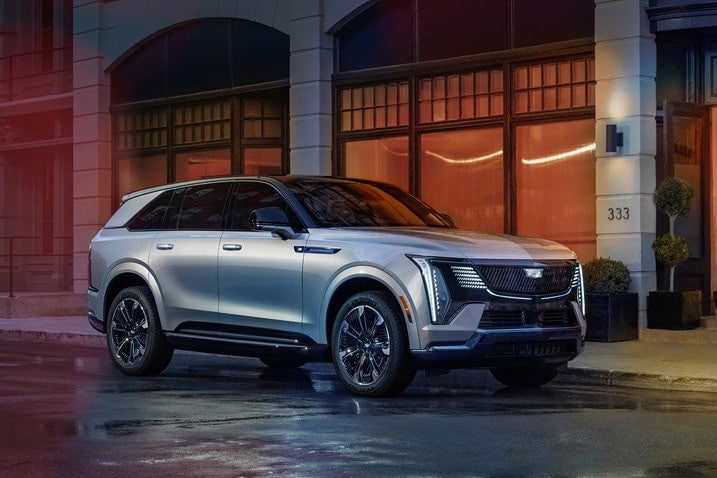
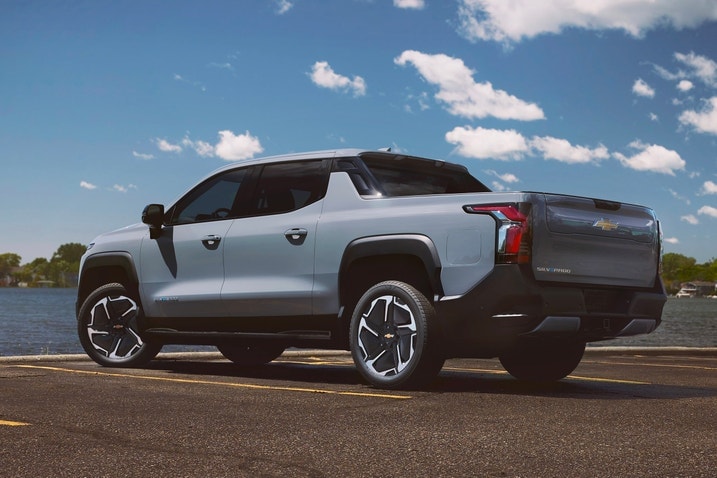
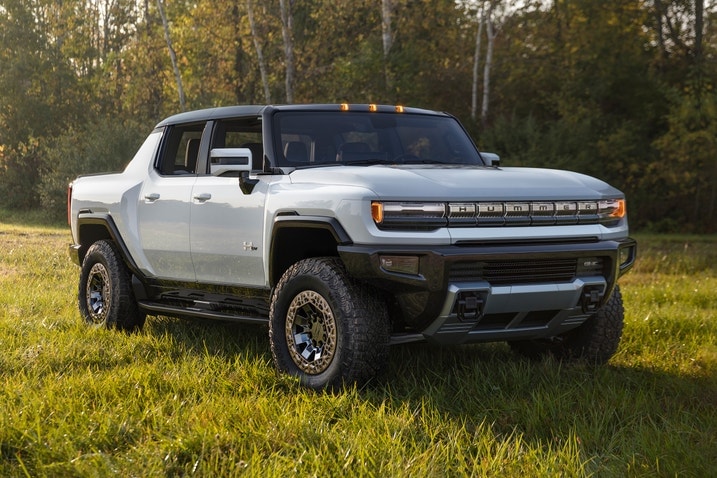
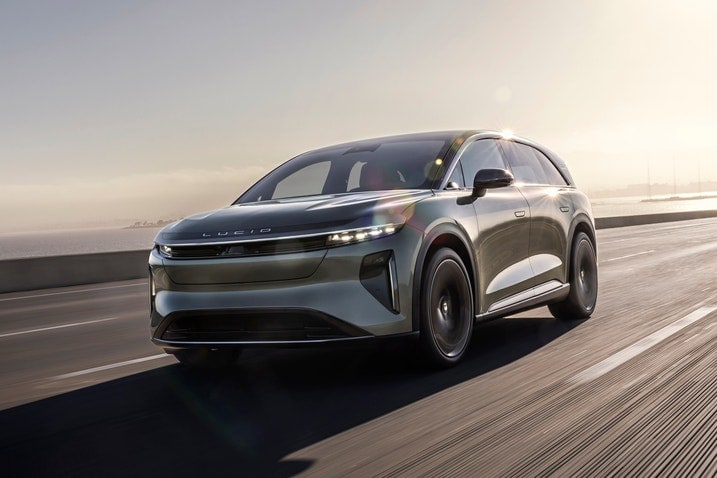

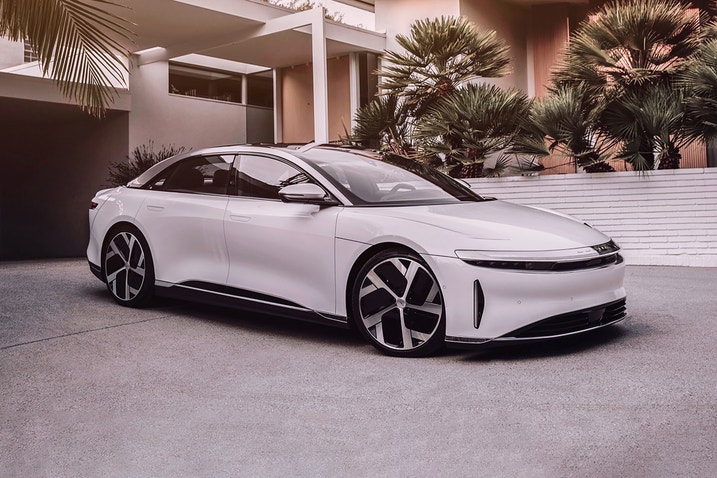

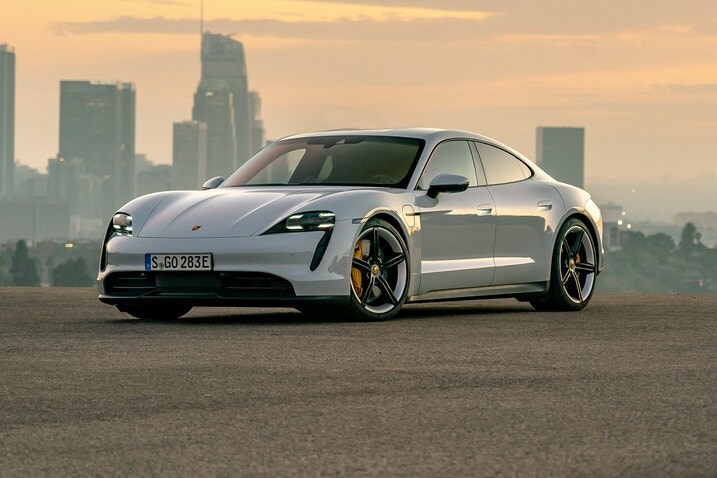
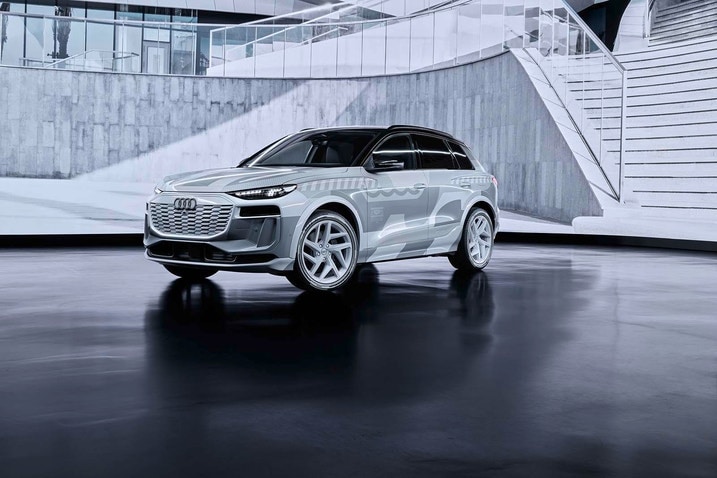
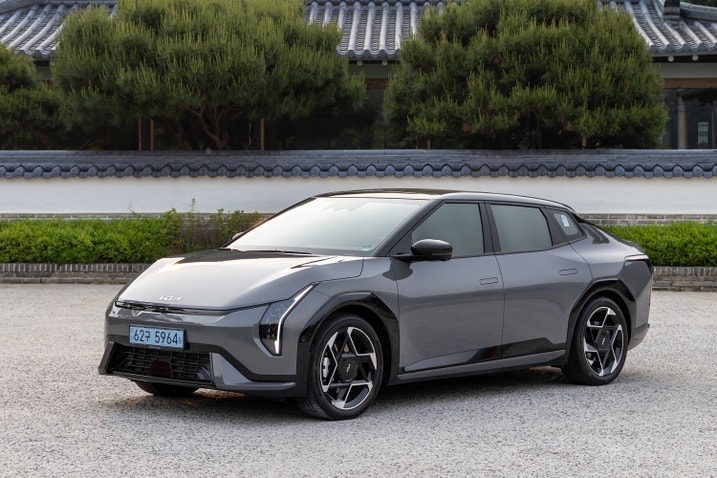
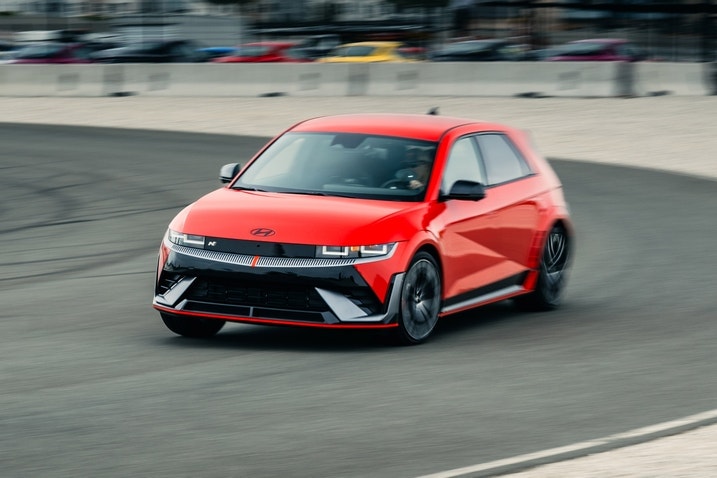

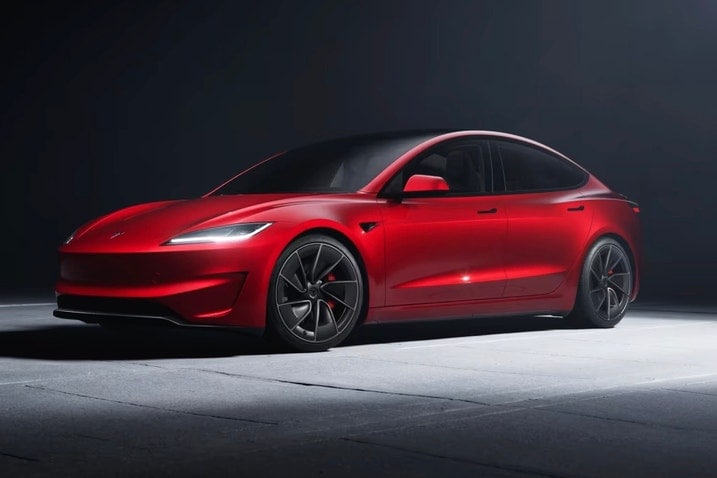

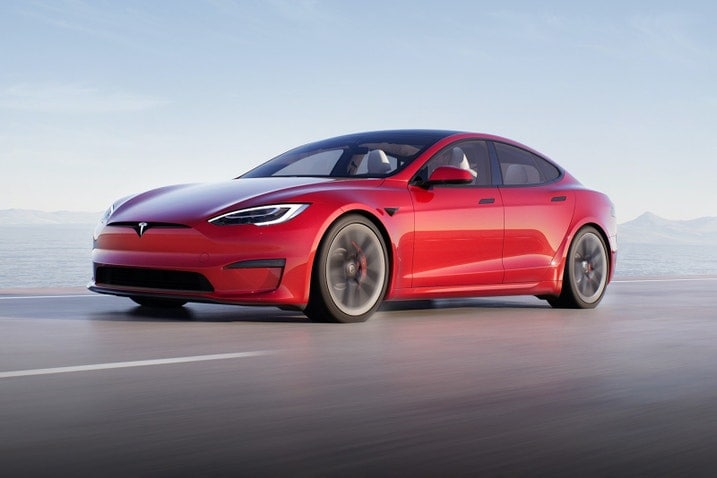
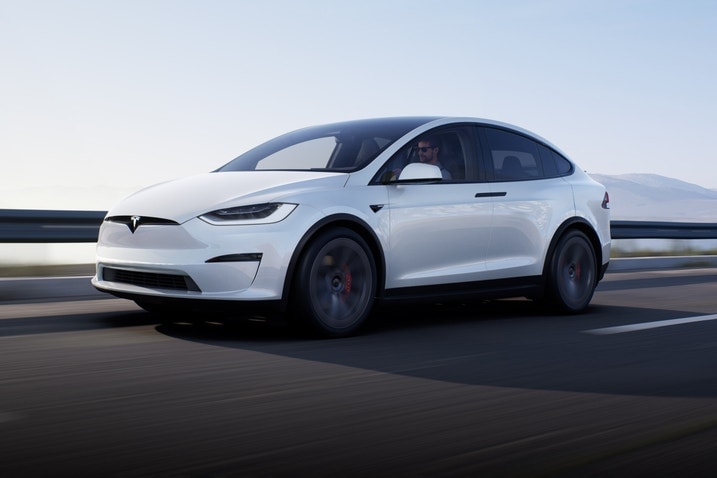
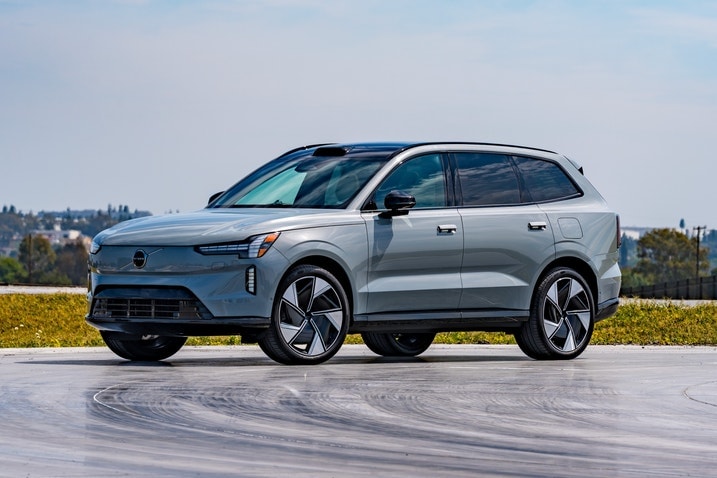
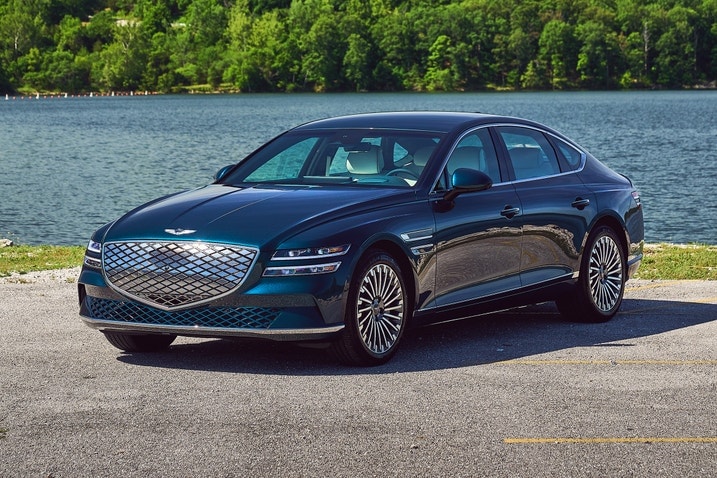
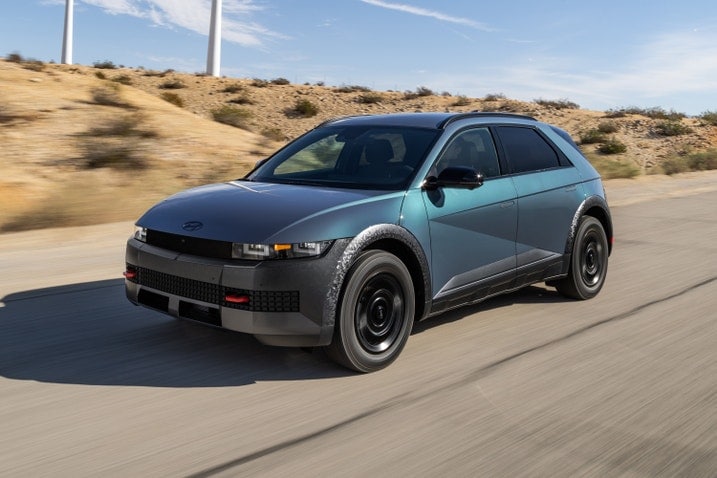
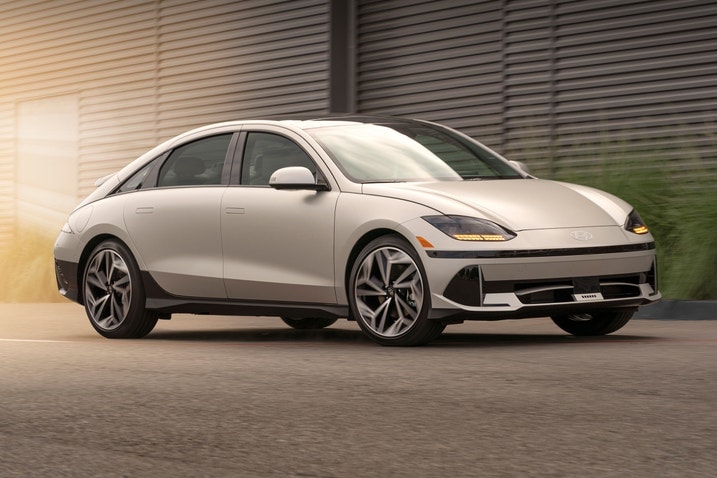
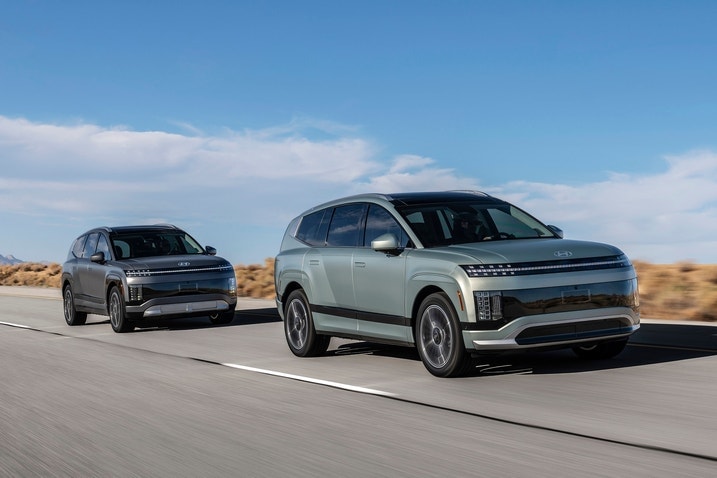
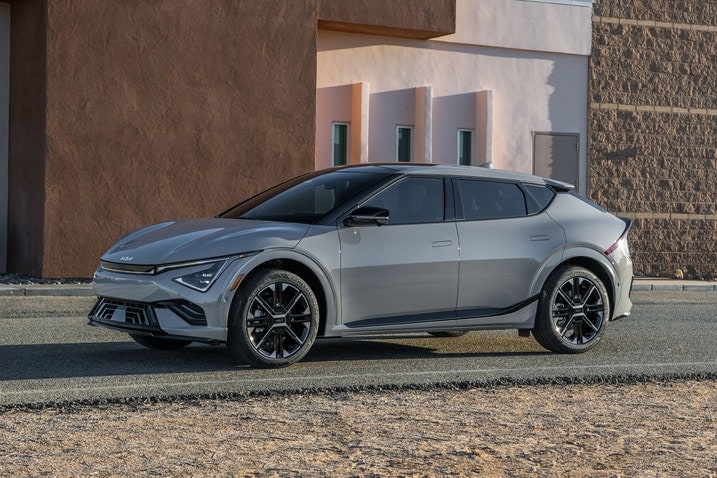
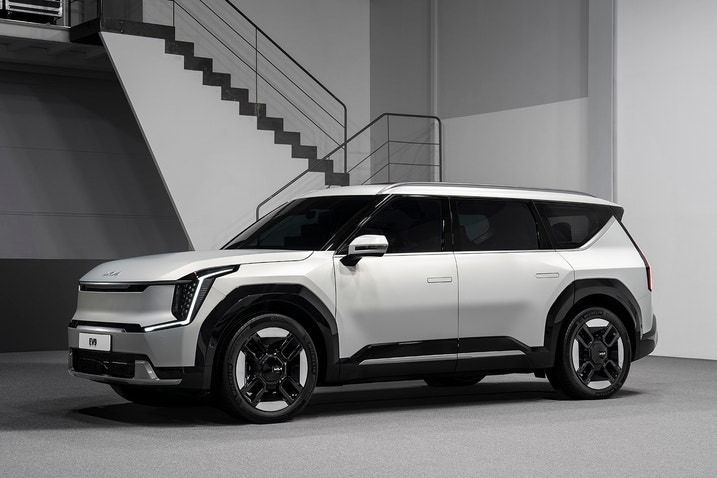
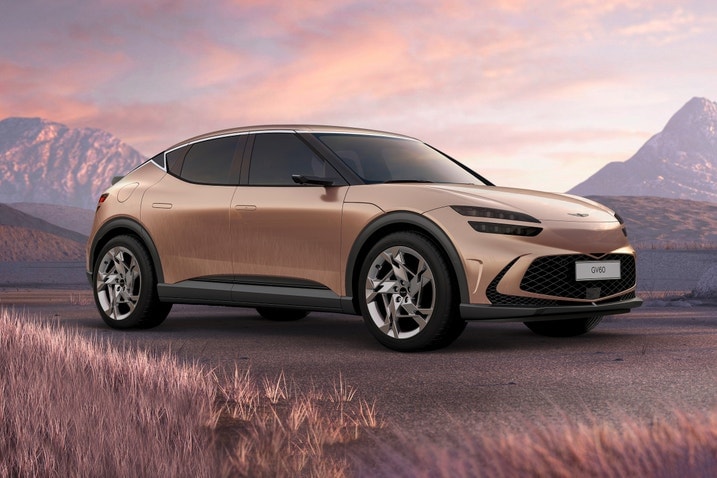
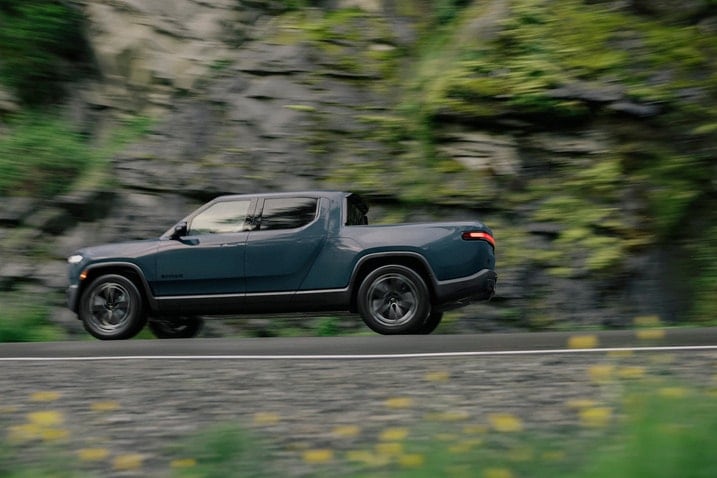
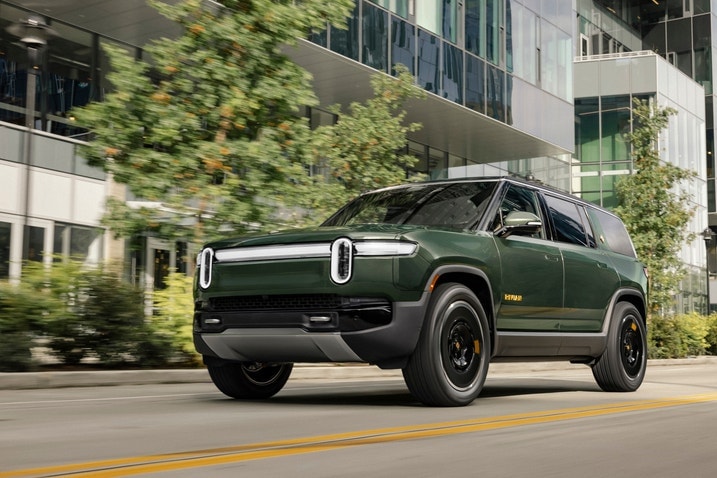

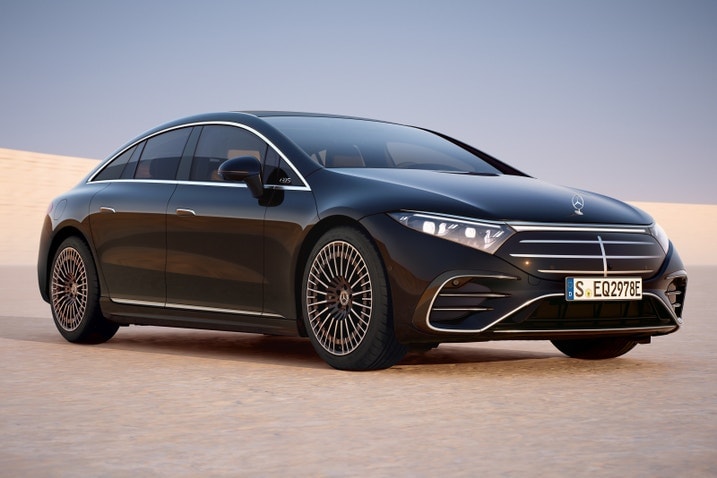
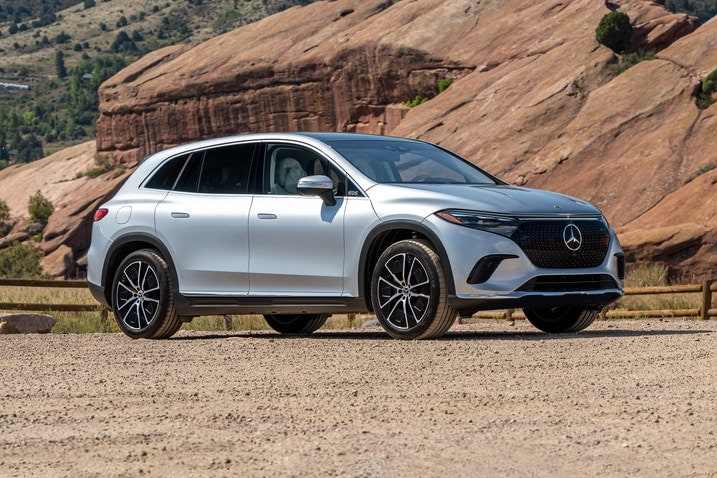
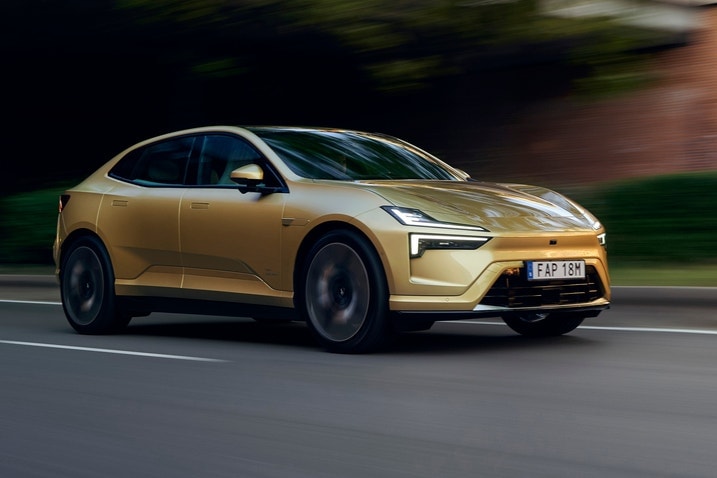
 by
by  by
by .jpg) edited by
edited by